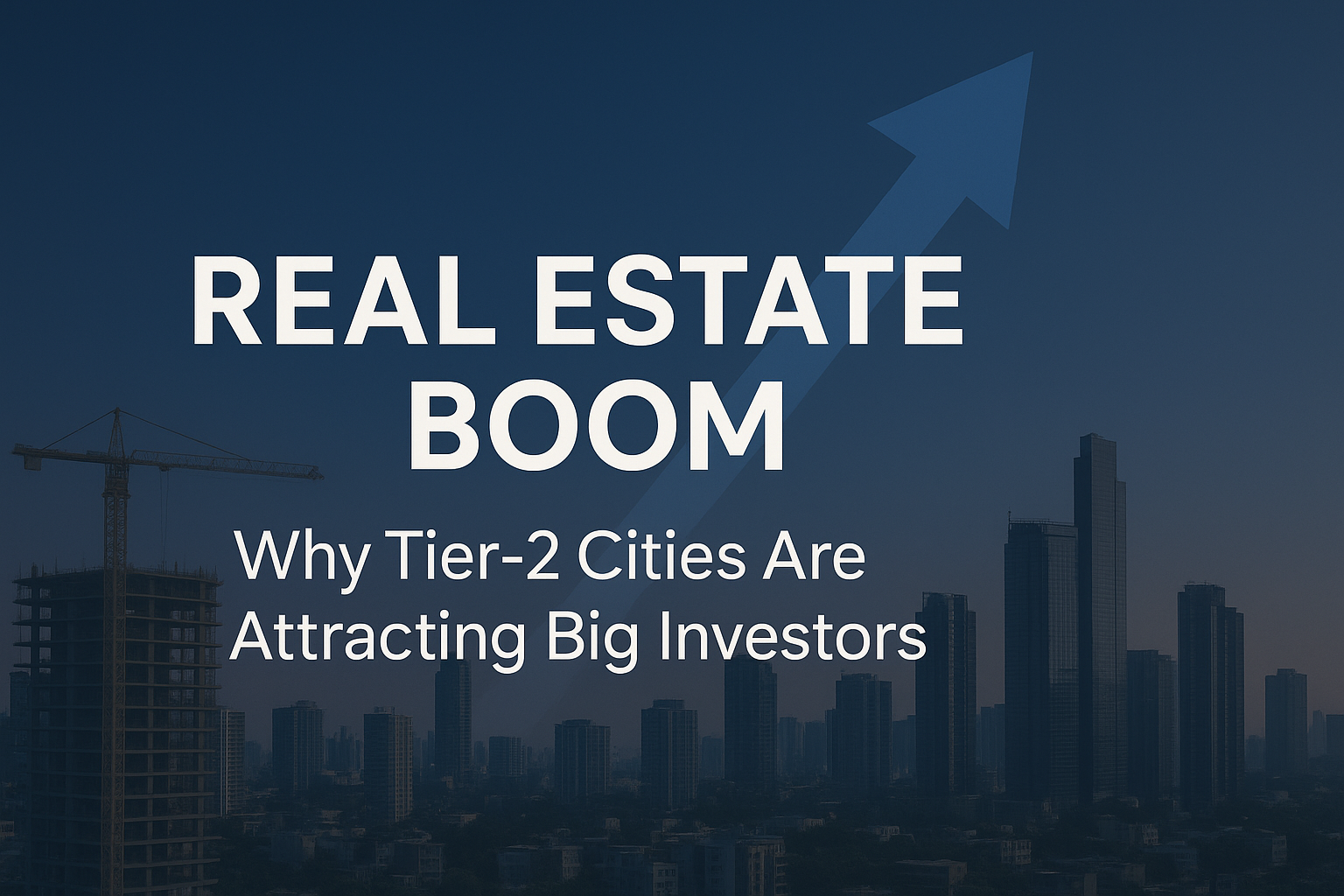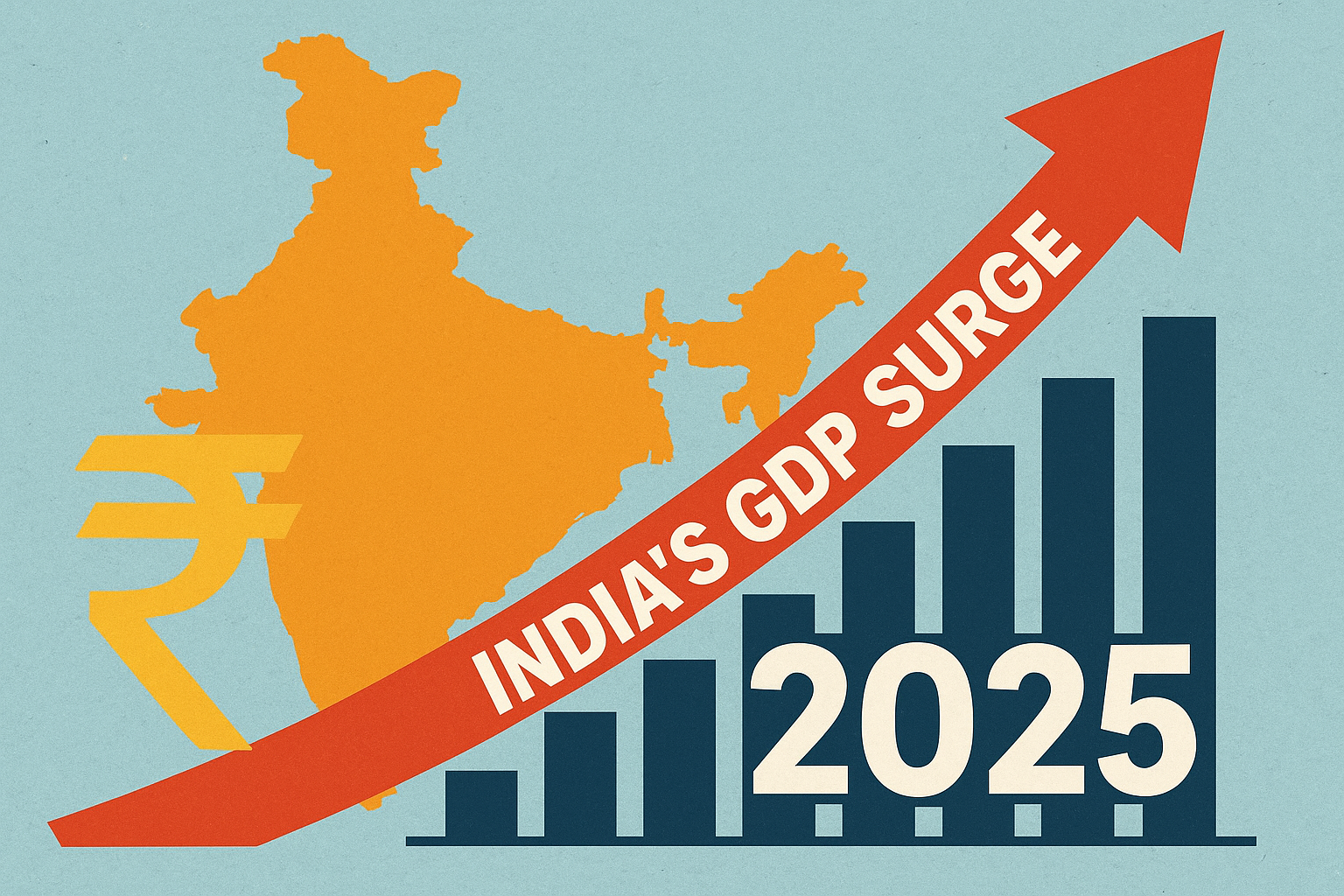India’s funding winter is easing, with 2024 inflows rebounding and capital gravitating to consumer tech, fintech and EV transition plays. What does this shift signal for 2025?
After the pandemic-era peak, India’s startup ecosystem hit a sharp funding winter. The tech startup funding fell from about $25 billion in 2022 to roughly $7 billion in 2023, a drop of around 72% and the lowest level in five years. Governance concerns, fed interest rates, down rounds and slower late-stage deals forced a reset in how capital was allocated.
By 2024 the ice had started to thaw. Funding levels inched upward, and during the first half of 2025 young technology firms secured around $4.8 billion, although this remained roughly 25% lower compared with the previous year. The atmosphere is neither euphoric nor bleak. It is measured, with capital flowing through narrower channels.
Capital is flowing again, only more selectively. Investors remain positive on India’s long-term potential but are channelling money into sectors with clear revenue engines, policy support or deep technology moats. This article explores those emerging leaders and outlines what this more exacting phase demands from founders as well as the institutions backing them.
The Shape of the 2025 Funding Recovery
Startup funding trends in India, signals an ecosystem regaining balance, though the momentum shifts from one quarter to another. Total inflows reached $13.7 billion in 2024, roughly 40% higher than the year before, supported by about 1,270 completed rounds and a broader pool of participants.
Startup inflows in Q3 2025 settled at $3B, the lowest in six quarters and roughly 9.9% below Q2’s $3.33 billion. Completed transactions held near 300, yet year-on-year comparisons showed a 30.2% fall in value and a 13% slide from the 343 recorded a year earlier.
A few patterns define the current phase.
- Early and late-stage momentum
Seed allocations expanded by nearly 25%, while substantial rounds advanced close to 31%, creating a more even distribution of capital across stages rather than concentration at one end.
- Large transactions reappear
Quick commerce dominated headlines. Zepto secured $1.4 billion across three raises, pushing the segment to about $1.37 billion from seven deals. Meesho with $300 million, PharmEasy with $216 million, and PhysicsWallah with $210 million also shaped the landscape, reflecting confidence in operators with scale and discipline.
- Policy action steadied expectations
Scrapping the angel tax, the $1.25 billion IndiaAI Mission, and a ₹10,000 crore expansion of the Fund of Funds improved long-term visibility. These changes also encouraged “reverse flipping,” with PhonePe, Groww and Zepto choosing India as their primary base.
India’s share of worldwide venture deployment rose through 2024 and early 2025. Larger cheques resurfaced, and investor interest broadened across fintech, enterprise tech, e-commerce, cleantech, AI, healthtech and deeptech.
Now, let’s discuss 3 of the investor’s favourites:
Consumer Tech- Fewer Bets, Better Brands
Investor attention now sits with consumer companies that show clear demand and disciplined execution. India now hosts more than 73K consumer ventures, including around 6,290 with external backing. Roughly 1,700 have progressed to Series A or further, with 59 reaching unicorn status. The sector has also recorded 789 acquisitions and 127 listings, reflecting both consolidation and steady public-market participation.
This shift reflects a broader pattern
- Backers are leaning toward B2C commerce, quick delivery, gaming, edtech and travel tools.
- Capital gravitated to enterprises such as Zepto, Meesho and Lenskart, which together accounted for a major share of the segment’s value.
- Digital-led labels with an omnichannel footprint and a credible path to gains are gaining attention.
- Specialist offerings in beauty, wellness and regional content continue to draw steady interest.
Fintech 2.0- From Blitzscale to Sustainable Growth
Indian fintech firms drew $889 million in the first half of 2025, placing the country behind only the United States & the United Kingdom. The total is lower than the $1.2 billion raised in late 2024, yet early activity strengthened, with allocations rising to 10% to $361 million.
A few themes define this phase:
- BFSI-linked activity expanded 3.5x to $1.1 billion, driven by lenders focused on traditional themes such as housing finance and MSME credit. Late-stage commitments increased 47%, while seed activity slowed, indicating sharper filters for young firms.
- The sector recorded 16 acquisitions in the first half of 2025. Groww acquired Fisdom for $150M and InCred Money bought Stocko for $35M, signalling a shift toward deeper product stacks and stronger distribution rather than rapid expansion.
- Attention also moved to embedded finance, supply-chain credit systems and digital wealth and insurance platforms that build on national digital rails. Clear monetisation on UPI, measured credit practices and closer alignment with regulatory guidance became essential as the Reserve Bank of India encouraged responsible innovation.
Climate, Energy and New Mobility – The Transition Opportunity
India’s EV start-ups raised a record $2.1B in FY25. Moreover, investor data for 2017 to 2025 points to a clear build up in India’s low carbon investment story. Green energy investments in India reach about $62 billion over this period, growing at roughly 4% a year as capital spreads from utility renewables into electric mobility, storage, circularity and low carbon fuels.
- Solar and wind continue to attract the lion’s share of investment. The maturity of manufacturing and project-scale infrastructure is now unlocking downstream growth in storage and grid services.
- Within the same dataset, the share of deal volume linked to e mobility rises from about 6% in 2017 to 49% in 2024, while storage investments climb from 1% to 9% of deal count as batteries and grid support move centre stage
- EV focused young companies raise about $1B FY24 and ~$2.1B FY25 across roughly 109 rounds, more than doubling year on year.
- Programs such as the PLI scheme for advanced chemistry cells, the FAME initiative for EVs and state-level policy packages are enhancing the business case for transition-oriented startups and manufacturing.
Conclusion
India’s funding cycle is entering a steadier phase, guided by clearer priorities and closer scrutiny. Capital is favouring sectors that show durable economics, a shift that aligns with a broader question now circulating among investors, will India’s GDP growth stay above 7% in 2025? The answer will hinge on how effectively high-potential segments convert current momentum into sustained value.
For investors, staying alert through reliable online platforms offers a practical way to track sentiment and identify turning points early. In this environment, informed decisions matter as much as the money being deployed.
DISCLAIMER: The information given in this blog is for educational purposes only. Any content of this blog is not investment advice.
- Make in India 2.0: How Manufacturing Is Reshaping Market Sentiment - December 13, 2025
- Real Estate Boom : Why Tier-2 Cities Are Attracting Big Investors - December 12, 2025
- India’s GDP Surge 2025: What the New Growth Numbers Mean for Markets - December 9, 2025





